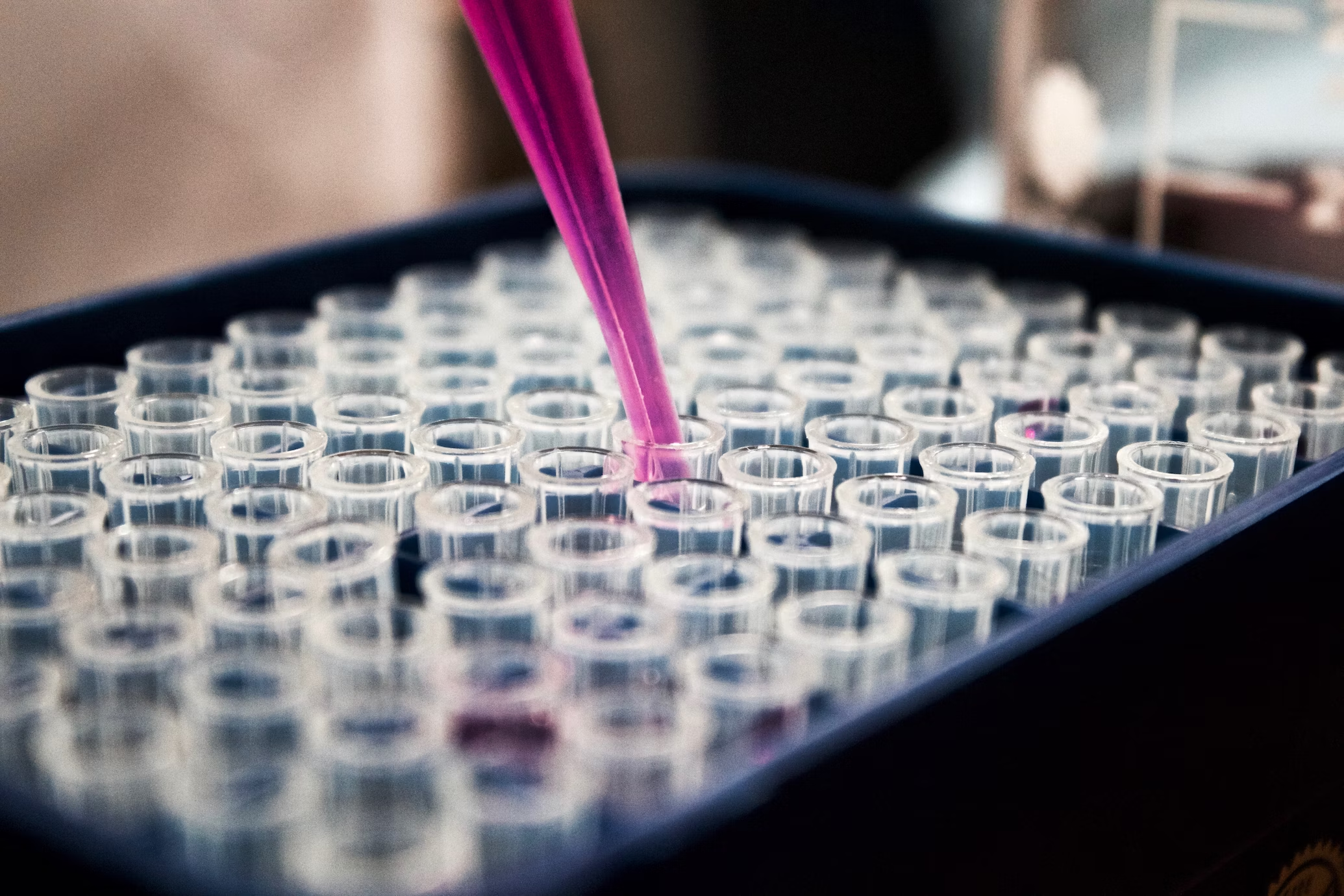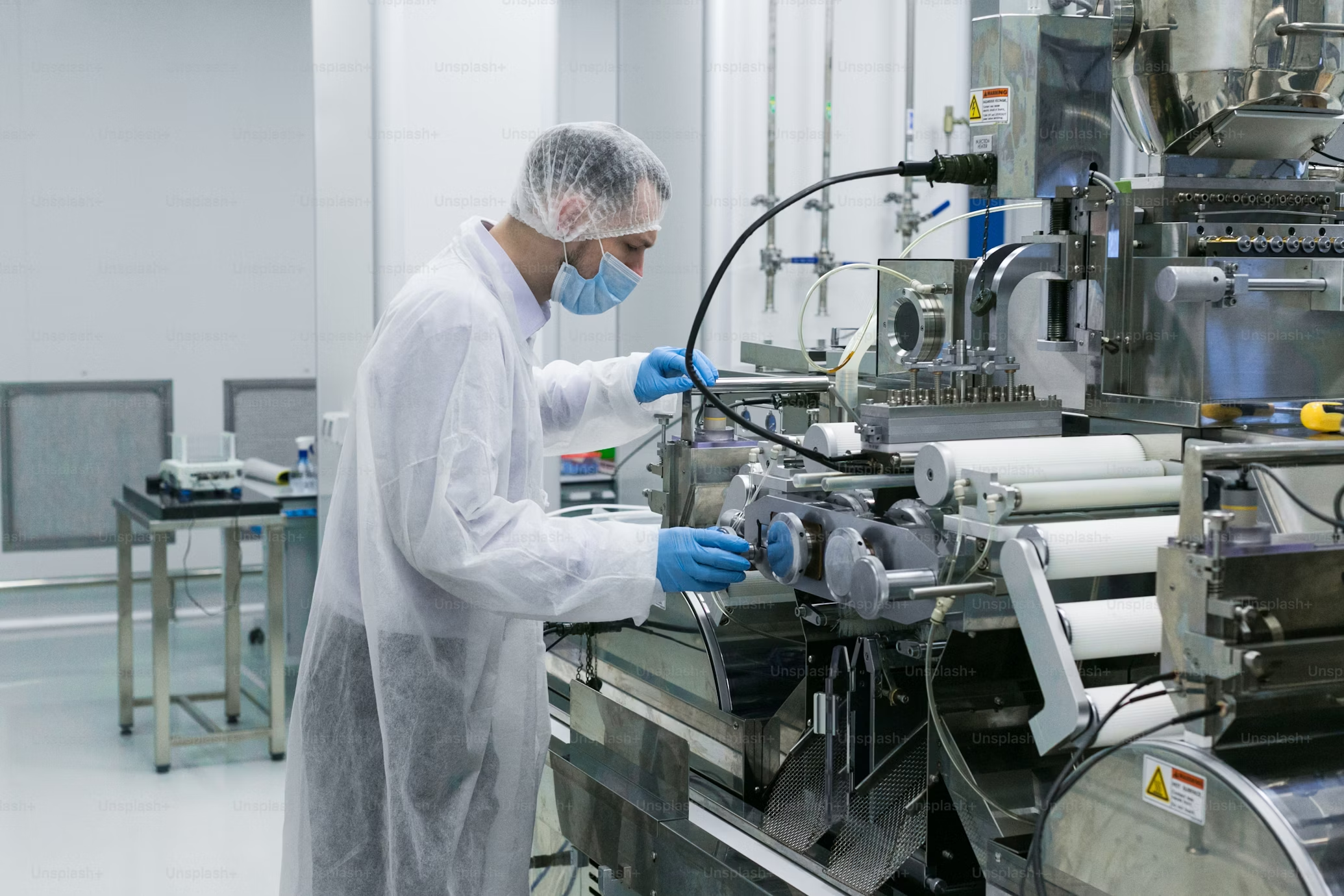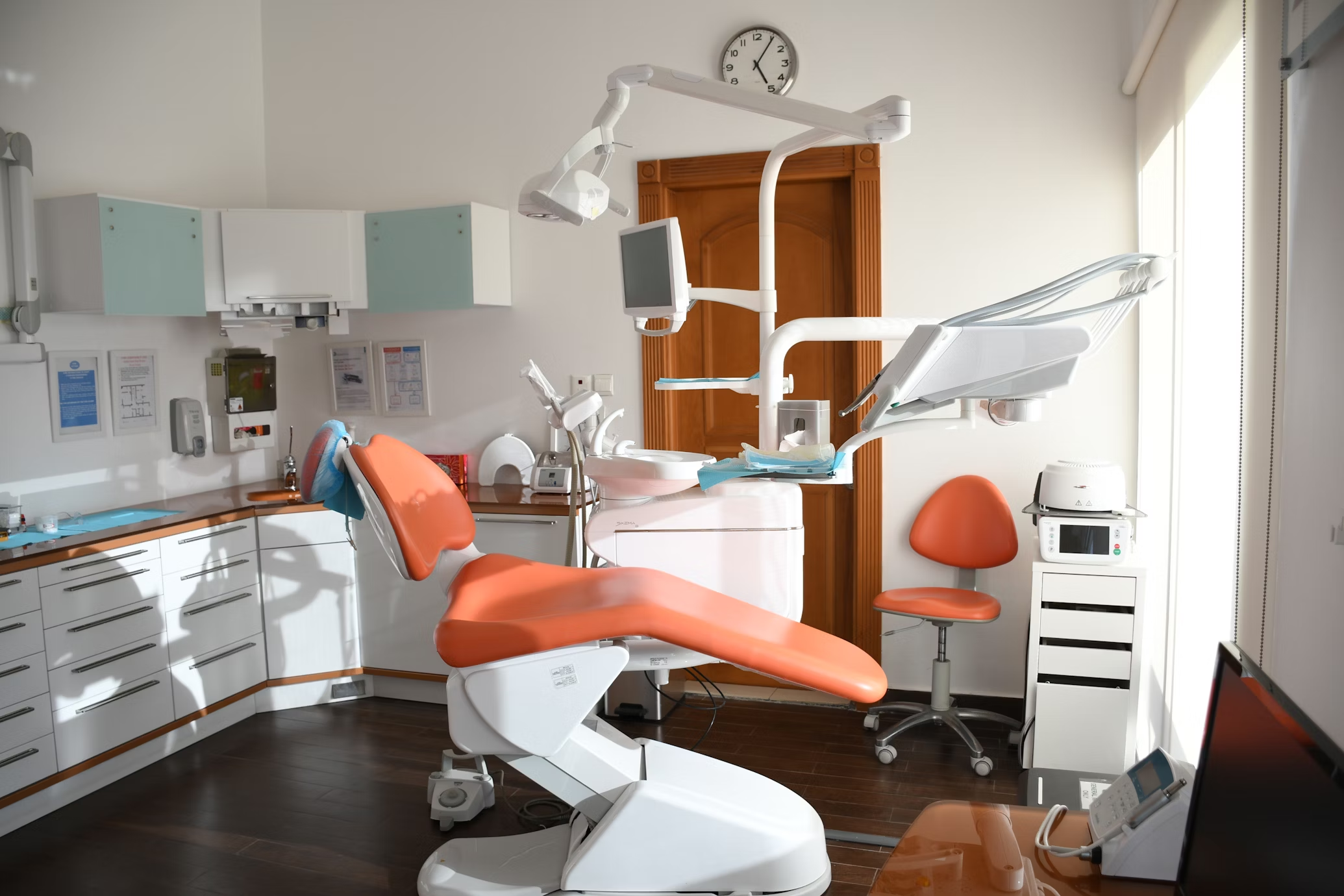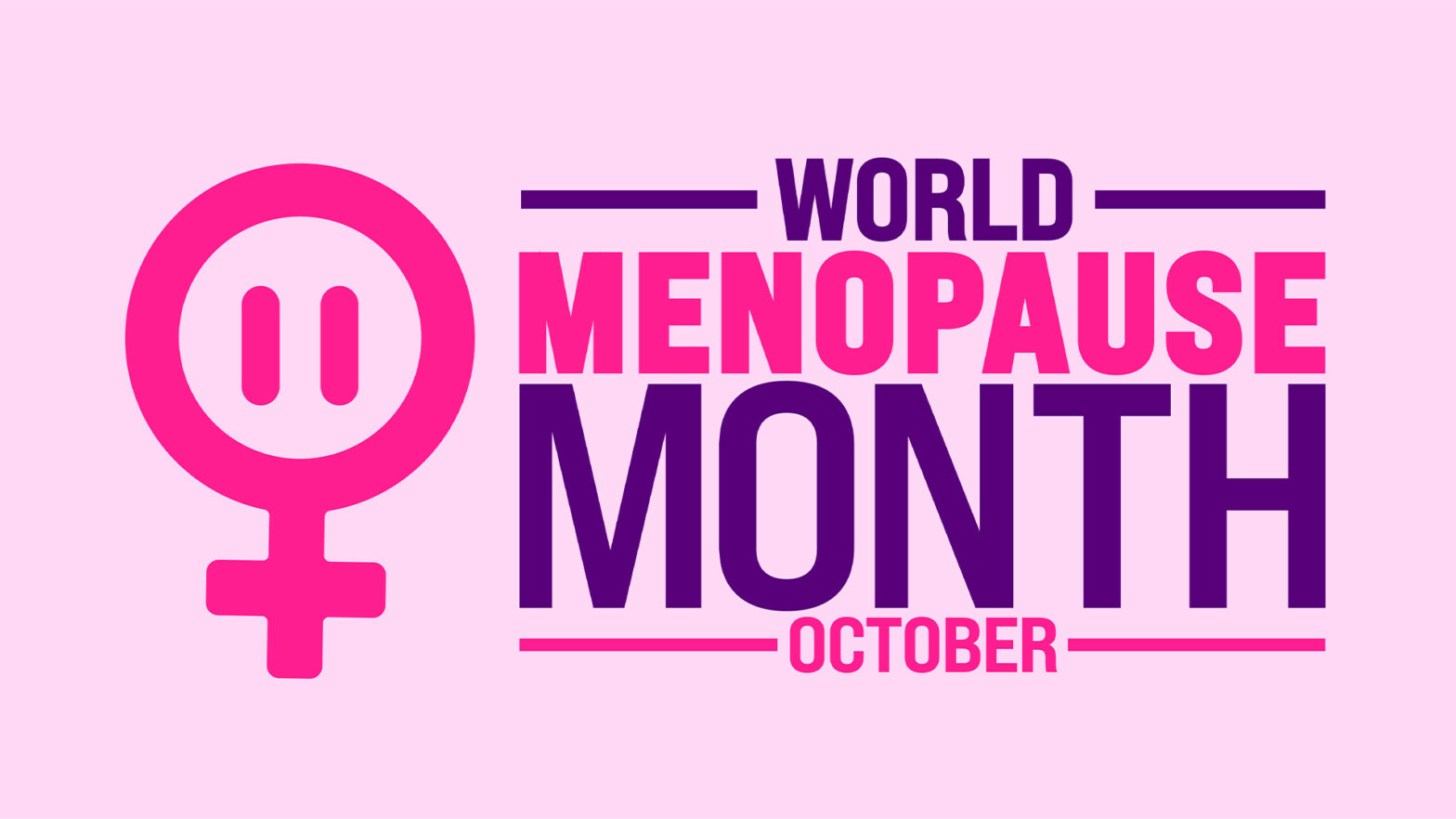The common belief that good oral health solely depends on proper brushing, flossing, and regular dental visits tells only part of the story. Recent advances in genetic research have revealed a fascinating and complex relationship between our genes and oral health.
From tooth development to susceptibility to various dental conditions, our genetic makeup plays a crucial role in determining our oral health outcomes. This exploration into the genetic foundations of oral health offers valuable insights for both healthcare providers and patients, potentially revolutionizing how we approach dental care and prevention.
Genetic Factors in Tooth Development
The foundation of dental development is laid during the earliest stages of human embryonic growth. This process begins around the sixth week of gestation, as specific genes activate in precise sequences to initiate tooth bud formation.
The PAX9 and MSX1 genes serve as master conductors in this biological symphony, directing the complex interplay among different cell types, eventually forming the enamel, dentin, and root structures of our teeth. These genes also regulate the timing and positioning of tooth development, ensuring that each tooth emerges in its proper location and sequence.
When mutations or variations occur in these crucial genetic regulators, they can disrupt normal tooth development in various ways. This can result in tooth agenesis, where certain teeth, like third molars, fail to develop altogether, while more severe forms can impact other permanent teeth. Amelogenesis imperfecta, another genetic condition, results in enamel that’s either insufficient in quantity or compromised in quality, leaving affected individuals with teeth that are more susceptible to damage and decay throughout their lives.
This connection between genetics and tooth development is something experienced dental experts like Dr. Jacobs take into account when dealing with patients. Thus, they provide treatments and preventive interventions tailored to a person’s unique needs.
Hereditary Influence on Dental Caries
Our genetic makeup influences the composition and flow rate of saliva, which contains crucial enzymes and minerals that help neutralize acids and remineralize tooth enamel. The inherited characteristics of our enamel structure, including its crystalline organization and mineral content, can significantly impact its resistance to acid erosion and bacterial invasion. Also, our genes shape our immune system’s ability to recognize and respond to cavity-causing bacteria, creating varying levels of natural protection against tooth decay.
This genetic foundation explains why dental caries patterns often run in families and why identical twins typically show similar cavity rates, even when raised apart. Thus, traditional one-size-fits-all prevention strategies may need to evolve into more personalized approaches that take into account an individual’s genetic predisposition to dental caries.
Periodontal Disease and Genetic Predisposition
Perhaps one of the most significant areas where genetics influences oral health is in periodontal disease. Research has identified several genes that affect our susceptibility to gum disease, including those involved in immune response and inflammation regulation.
Variations in genes like IL6 and TNF-α can significantly increase an individual’s risk of developing severe periodontitis. This genetic predisposition helps explain why some individuals develop aggressive forms of gum disease early in life, while others maintain healthy gums with minimal effort.
The Interaction Between Genes and Environment
While genetic factors play a crucial role, they don’t tell the whole story. The interaction between our genes and environmental factors, known as gene-environment interaction, significantly influences oral health outcomes.
For instance, individuals with genetic variants that increase susceptibility to periodontal disease may never develop the condition if they maintain excellent oral hygiene and avoid risk factors like smoking.
Understanding these interactions has led to the development of more personalized approaches to dental care, where treatment plans are tailored to an individual’s genetic profile and risk factors.
Looking to the Future
As genetic research continues to advance, we stand on the brink of a new era in dental care. The future promises even more sophisticated genetic testing capabilities, allowing for truly personalized preventive strategies and treatments. Emerging technologies like CRISPR gene editing may eventually offer solutions for genetic dental conditions that currently have limited treatment options. These advances could revolutionize how we approach oral health, moving from a one-size-fits-all model to precisely tailored interventions based on genetic profiles.
Conclusion
While maintaining good oral hygiene remains crucial, understanding the genetic factors at play helps explain why dental health outcomes can vary significantly among individuals with similar habits. This knowledge not only advances our scientific understanding but also paves the way for more effective, personalized approaches to dental care.



















